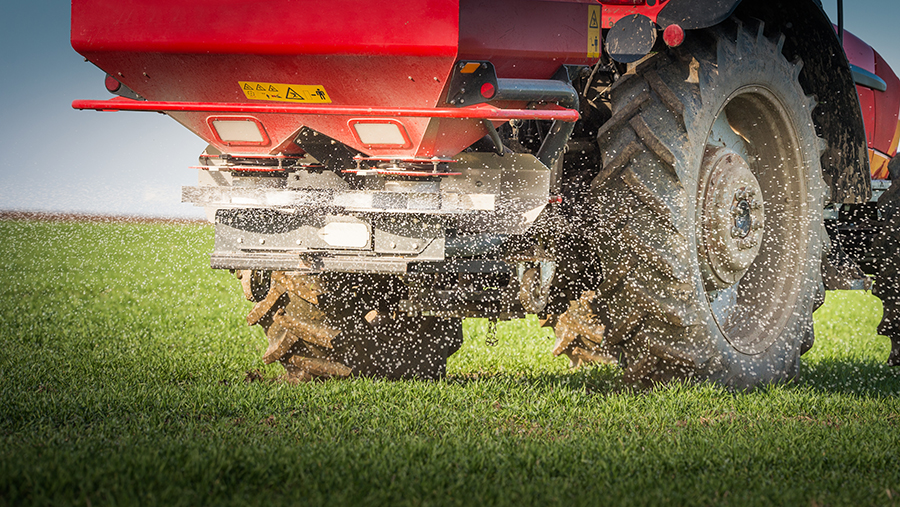Cereals 2023: New RB209 changes N rates for milling wheat
 © Dusan Kostic/Adobe Stock
© Dusan Kostic/Adobe Stock Recommended nitrogen rates for milling winter wheat and oats have been updated, based on new trials data.
In the 50th anniversary edition of its Nutrient Management Guide, RB209, AHDB environmental scientist Amanda Bennett highlights that one key change is the increase in grain protein when applying an extra 40kg/ha of nitrogen.
See also: Liquid fertiliser wheat trial sees reduced blackgrass and costs
Breadmakers have a requirement for 13% protein grain, and this means applying extra nitrogen to get crops up to specification.
When fertilising for yield, farmers would expect to achieve about 12% grain protein. Then an extra 40kg/ha of nitrogen would lift grain protein by one percentage point to 13%.
But this has now been halved to 0.5 percentage point, as the latest data was showing a lower response.
Instead, applying an extra 80kg/ha may be needed to get to 13%, but Amanda says farmers need to check the rules for their situation, as it may take them over the maximum nitrogen allowed to be applied.
Another change is that the nitrogen rates for spring and winter oats are now based on expected yield.

